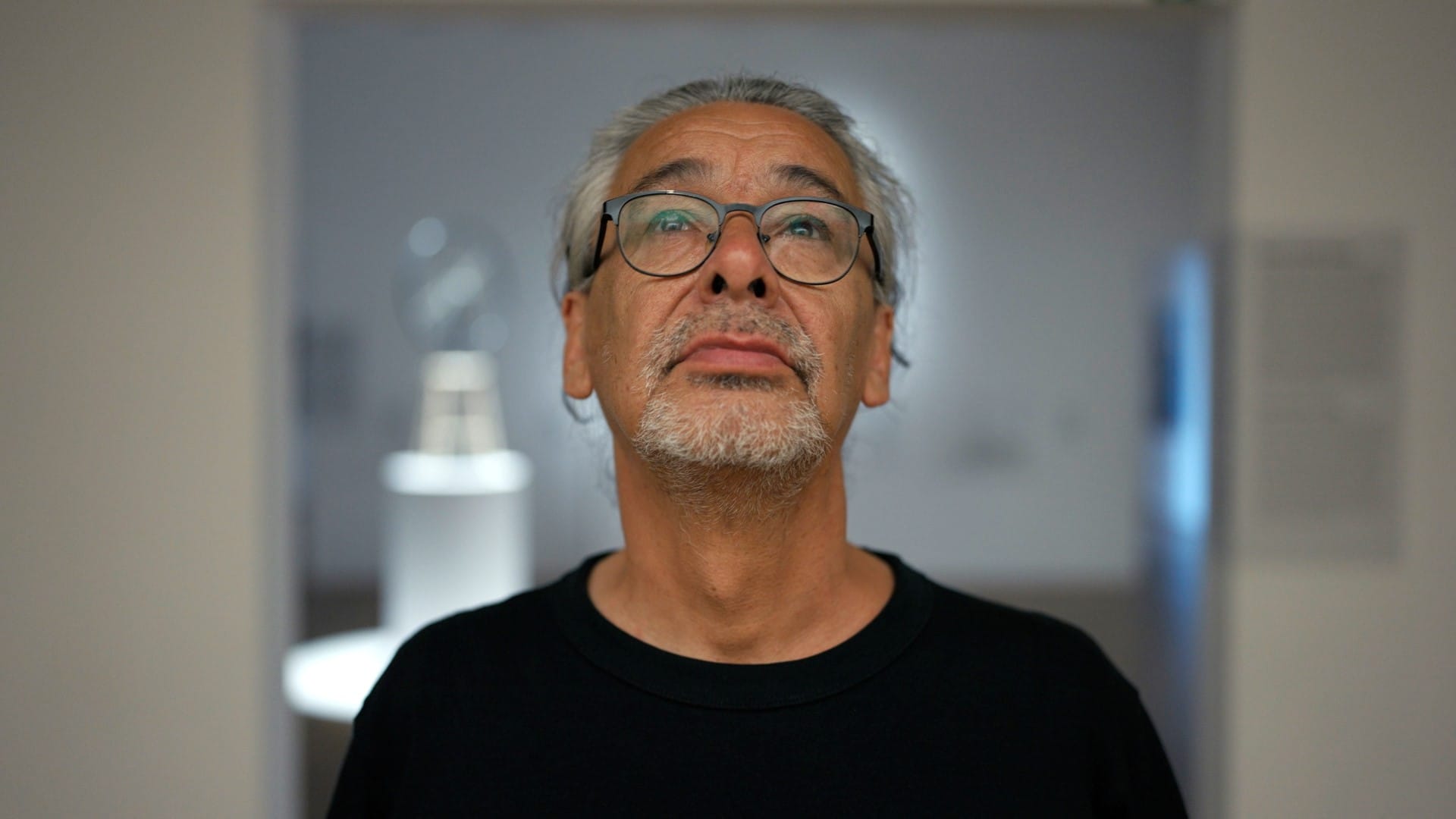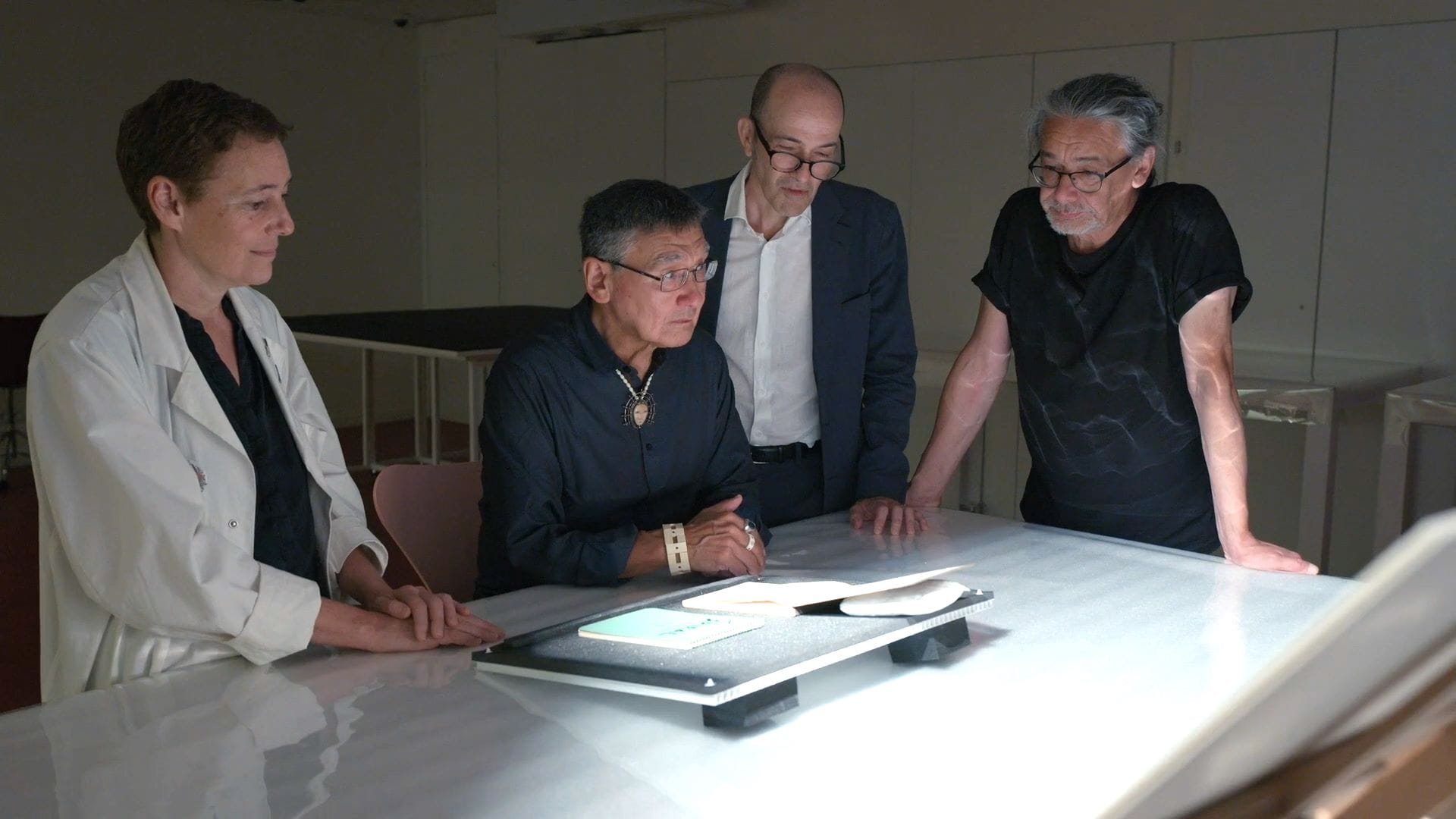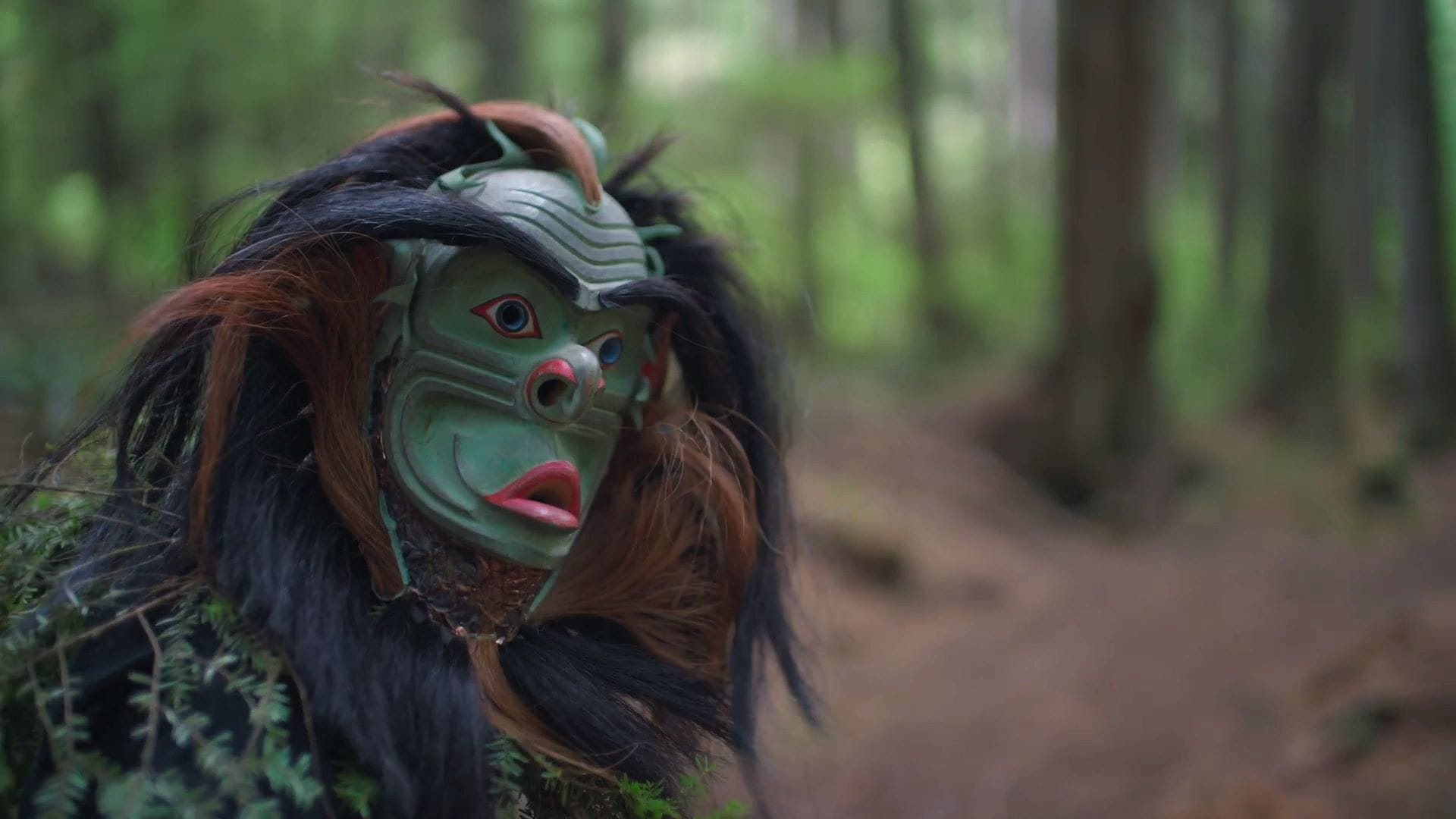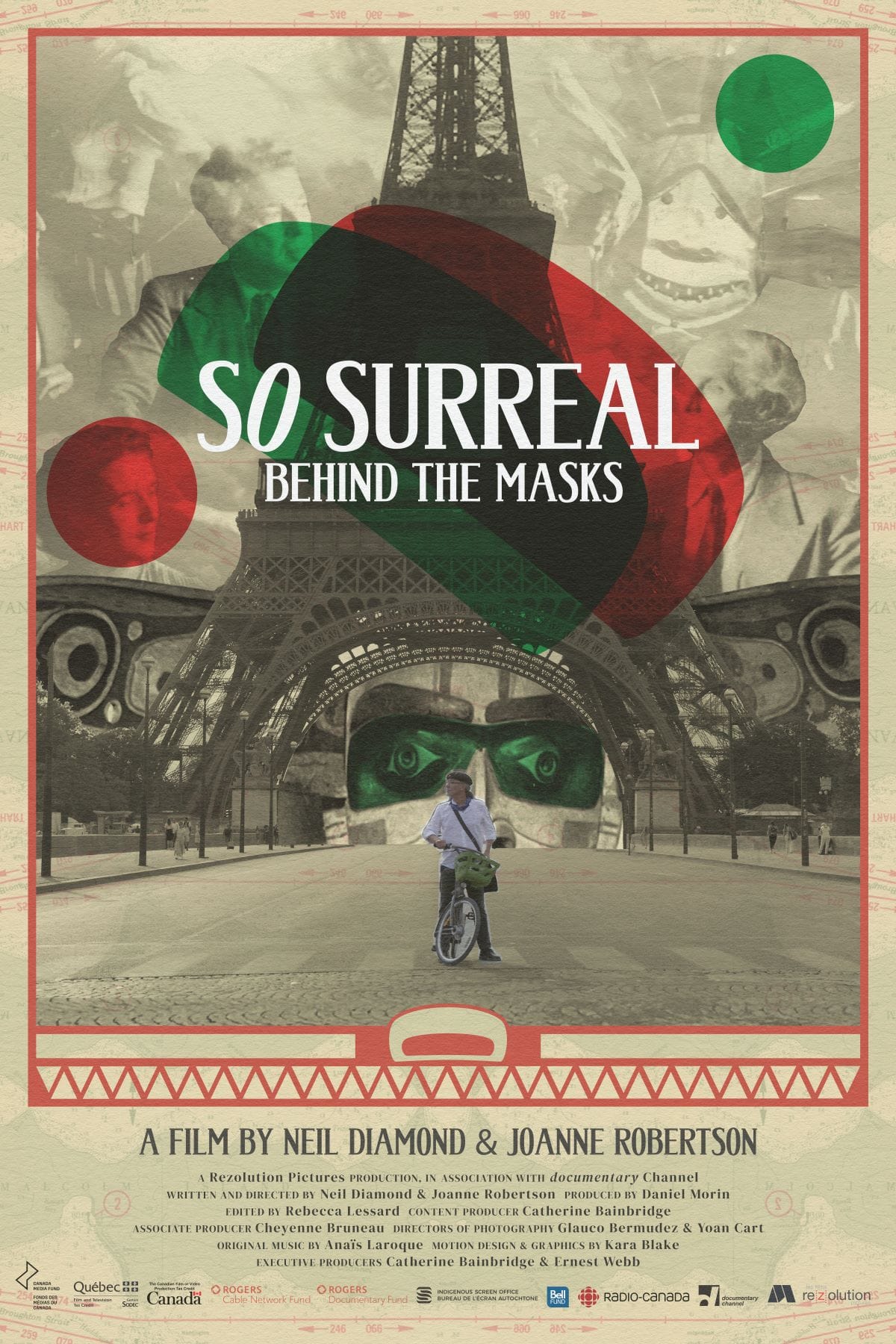An intercontinental quest traces the path of lost Indigenous art from the Arctic to the Surrealist studios and collections of New York and Paris in So Surreal: Behind the Masks. We talk with directors Neil Diamond and Joanne Robertson about their newest doc at TIFF 2024.
So Surreal: Behind the Masks follows Cree filmmaker and photographer Neil Diamond as he criss-crosses the globe from Alaska and the Canadian Pacific Northwest to New York and Paris attempting to track down a stolen Kwakwa̱ka̱ʼwakw ceremonial mask.
Along the way, the feature-length documentary highlights the profound influence of Indigenous art on the work of leading Surrealists (some of whom acquired ceremonial masks for their personal collections) such as André Breton, Max Ernst and Joan Miró.
Diamond and Montreal-based co-director Joanne Robertson also delve into the secretive world of Indigenous art collecting and the challenges Indigenous communities face in repatriating many of these pieces to their rightful owners.
“There’s a spiritual connection to these objects that were taken away and put in museums, and it’s important for people to know what happened,” Diamond says. “It’s not just native history, it’s settler history, too, and people deserve to have these objects returned because they’re part of their being.”

Work on So Surreal got started in early 2023, after it was spun off from another project Diamond and Robertson were involved with. In addition to the international travel required, the duo say making the film was “a lot more complicated than people might understand.”
“I live in Northern Quebec near James Bay, and it’s a 14-hour drive to Montreal, so we were working remotely,” Diamond says. “Joanne would be in the editing suite with our brilliant editor Rebecca Lessard and she’d send me a cut and I’d record some rough narration in my basement.”
“People, generally speaking, in this part of the art world, protect their contacts, so getting access was the biggest challenge.”
Added to this, the pair say it was tough to make inroads into the insular realm of museums, art dealers and wealthy collectors; one they were “very much on the outside of.”
“People, generally speaking, in this part of the art world, protect their contacts, so getting access was the biggest challenge,” Robertson explains. “It’s people not wanting to speak to us or give any information about the whereabouts of these masks because they’re trying to protect their relationships with other people in the art world.”

The directors also emphasize the importance of on-going communication with those in the Indigenous communities featured in the film during production, especially when it came to gaining guidance on relevant traditions and protocols.
“Working with Indigenous communities, it’s important to understand and respect the stories and knowledge that are shared with us as filmmakers,” Robertson says. “In this film, in particular, it was really about how we showed the masks in the film, and making sure we were checking in with community members about that.”
“I was surprised by how huge the influence was on the Surrealists.”
The pair add that the journey involved in making the film has forced them to look at cultural objects housed in museums in a different light and that they “have been exposed to things we can’t unsee now.”
“I was also surprised by how huge the influence was on the Surrealists. I knew only very little, but I never knew the history or what happened to these masks and how they influenced other artists,” Diamond says. “Now, I’m more interested in the art world.”

So Surreal premiered today at the 2024 Toronto International Film Festival, with a second screening set for September 12. In addition to celebrating Indigenous culture, the directors say they hope the film will draw more attention to the complex relationship between native and western art, culture and communities.
“Settler people need to listen and educate themselves, read what they can read, see films and support Indigenous filmmaking voices,” Robertson says. “I hope that people also support access to these pieces of art and repatriation efforts.”
They also hope their work will encourage audiences to further explore what has happened in the past and to make an effort to correct the wrongs that have been done.
“I hope they can sympathize and empathize with what native people have gone through, having a huge part of their culture being ripped away – it’s not just objects, it’s languages, it’s land,” Diamond says. “Maybe they’ll have a better understanding of what people have gone through and what people are still going through.”
More information on screenings and tickets for So Surreal: Behind the Masks at TIFF 2024 here.




